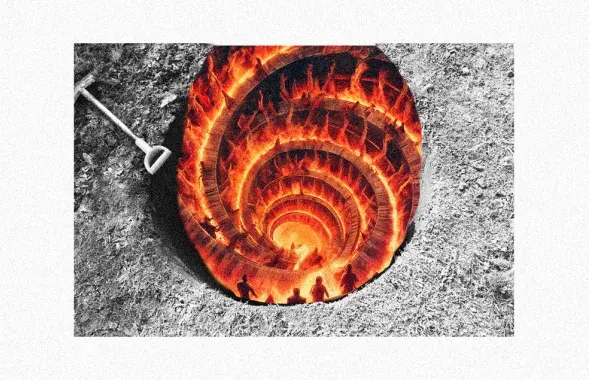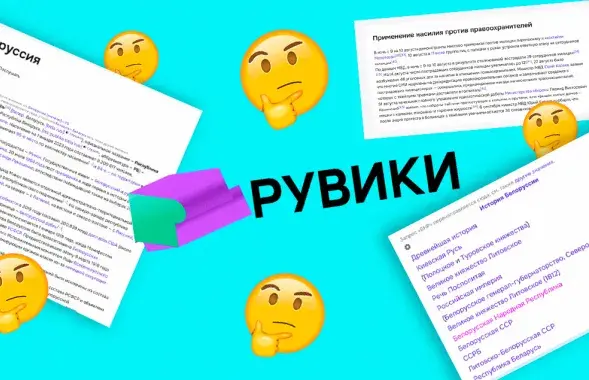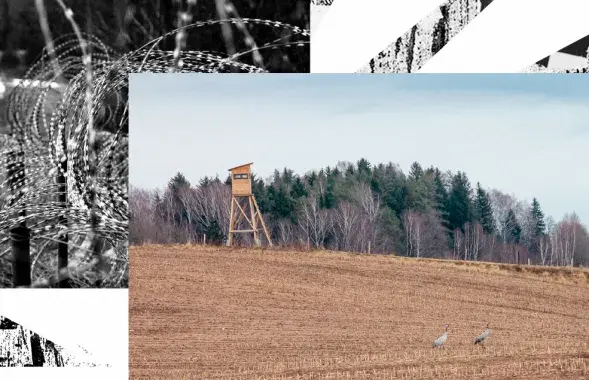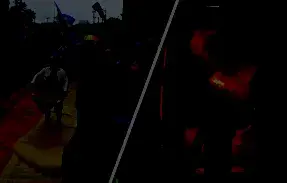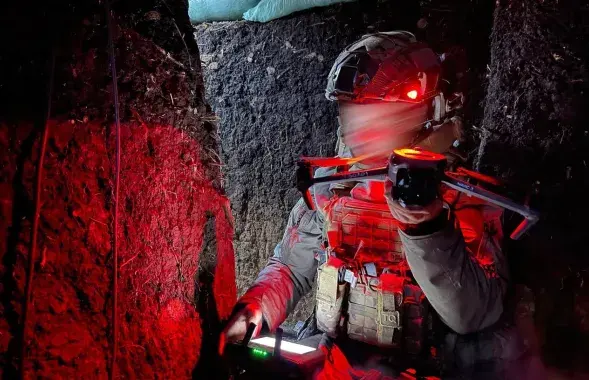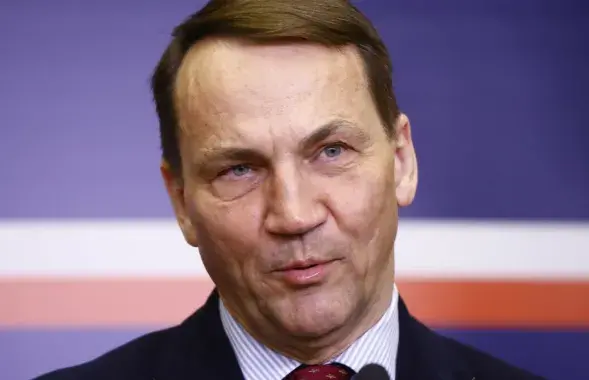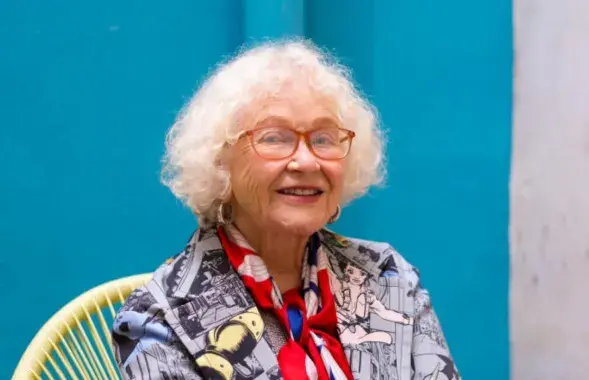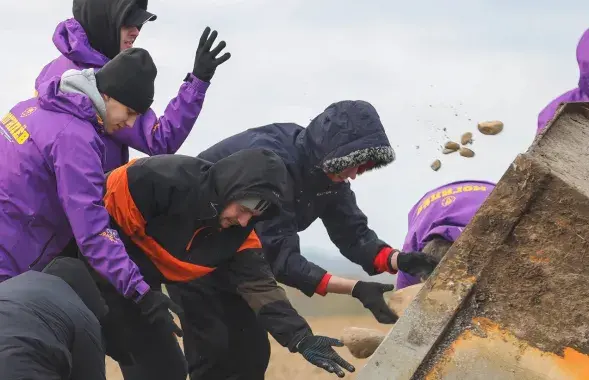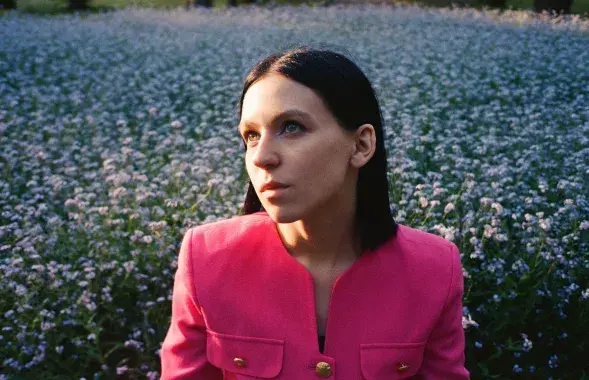Government paints the future of Belarus
This is not a quote from science fiction. This is how Belarus should look like in 2015, according to the Nation’s General Development Plan, effective from early 2007.
Three months into a new year, has the things started moving? Economist Leanid Zaika argues we are hardly to see the results in eight years.
“The government needs to have dreams. They need to propose those bold, attractive and beautiful ideas. You know, when families have no money, they always tend to paint a beautiful future: to build a house and spend vacations at Canaries. It is human to dream, and we should not prevent them from doing it,” Zaika said.
What exactly is our government dreaming about?
High-storey housing projects will not be built in small settlements and towns, as they do not match the architectural and esthetic requirements. Mostly cottages will be developed in rural areas, under the plan.
Especially lucky are the towns situated along the line connecting the western Brest region with the Vicebsk region in the north-east. They are planned to create the so called “urbanization axis”. It means that the towns along this line – Brest, Belaaziorsk, Baranavicy, Barysau, Orsa – will be given an economic boost. Why this direction? We have Dzimitry Seniankievic, the deputy director of the urban planning research agency, to explain.
“These are the conditions that are already there. Since this is a major international route, the urban growth is far bigger there. In our plan, we want to take use of the conditions that have already taken shape. The development of urban areas along this axis appears to be the most efficient,” he told the European Radio for Belarus.
Besides, the landscape is the most stable along this axis. It allows building new towns and roads without affecting the environmental balance. What will happen to the regions that are less sustainable?
“They will also continue developing. However, their development will not be based on industries. We will promote eco-tourism, recreational areas, agriculture and other auxiliary sectors that will not lead to an active urbanization,” Dzmitry Semiankievic said.
Under the General Plan, by-pass highways and ring roads will be built. Motorways will be separated from bicycle routes. The reconstructed railway Brest-Minsk-Moscow will allow trains to speed up to 300 km/h. The following towns will be changed the most: Orsa, Barysau, Mazyr, Maladzecna, Narac, Lida, Pinsk, Zlobin, Babrujsk and Salihorsk. They will even have their own airfields. Possibly. Dzmitry Semiankievic continues:
“The project does not envisage the immediate construction of airports in those towns. But we reserve the construction of airports near the towns in the national recreational areas. If it is feasible to build an airport in Narac, we will have a provision for that in our project documents.”
What do we need such expenses for? Where is our government, which sells off industrial assets and seeks foreign loans, going to get funding for the country’s overhaul? Leanid Zaika suggests that the issue of funding is not a priority for the government.
“I wouldn’t say that “where-to-get-the-money” problem is a major one. The biggest issue here is who and how will be implementing this project. I am confident that in 2015 neither the prime minister nor the economy minister will be holding their current posts. They will not be held accountable for these plans,” Zaika said.
The project’s authors, too, maintain that the financial aspect of the plan is not a priority.
“This is not a financial feasibility document. The idea is as follows: the plan has been approved and signed by the head of the state. Now, the industries will seek out for financial resources and will have to implement the project in accordance with our plan,” Dzmitry Semiankievic said.
“It is not our business to get out of a difficulty, but let us dream”, the saying goes. The Belarusians are known for their folklore. It seems that the Belarus’s leadership has started creating its own fantasy folklore, too.
Photo by www.skyscraperpage.com




